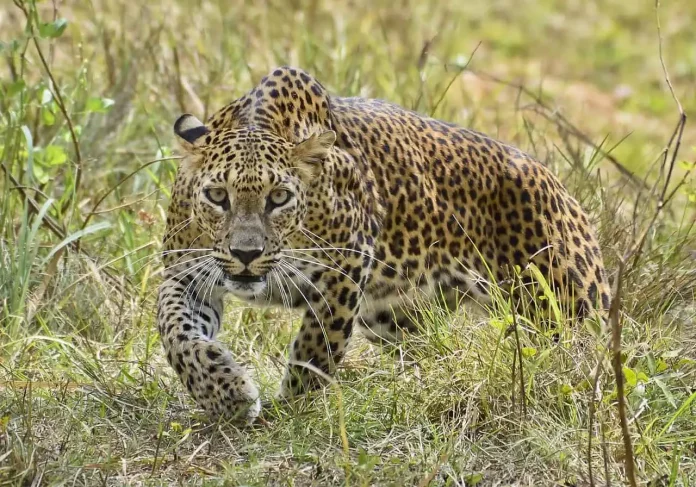Yala National Park in the south-east of Sri Lanka is a testament to the amazing beauty and biodiversity of our planet. This vast forest is not only a sanctuary for various species of flora and fauna but also a playground for adventure enthusiasts and photography enthusiasts. In this article, we embark on a journey through the wonders of Yala Park, from its remarkable wildlife to its history, and biological significance, and provide tips for planning your unforgettable Yala Sri Lanka adventure.
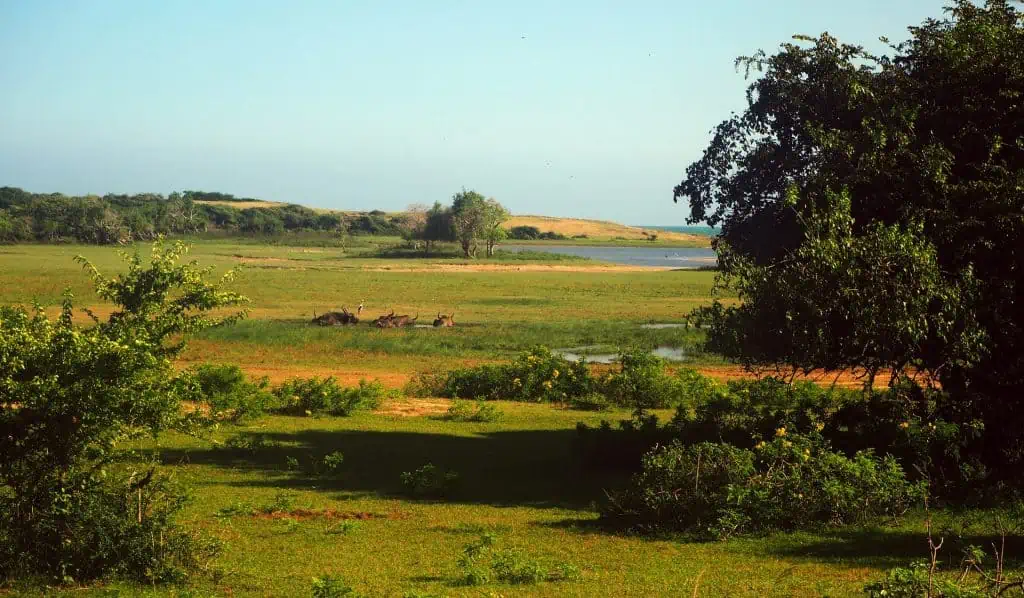
Introduction to Yala National Park
Yala is the second largest national park in Sri Lanka located in the southeastern dry zone of Sri Lanka. Its size is 979 sq km. Located in the middle of both the Uva and Southern Provinces, there are 5 zones. Visitors can have the opportunity to visit the first and second zones which cover an area of 141 sq km.
Considering the history of the Yala National Park, the area was used by the British for their hunting activities around 1900. In 1900, the forest was designated as a hunting reserve later it changed to a sanctuary in 1908.
Most of the land in the Yala is fallow. However, the park is filled with diverse ecosystems, such as forests, coastal areas, springs, rivers, and scrub as well as three lagoons.
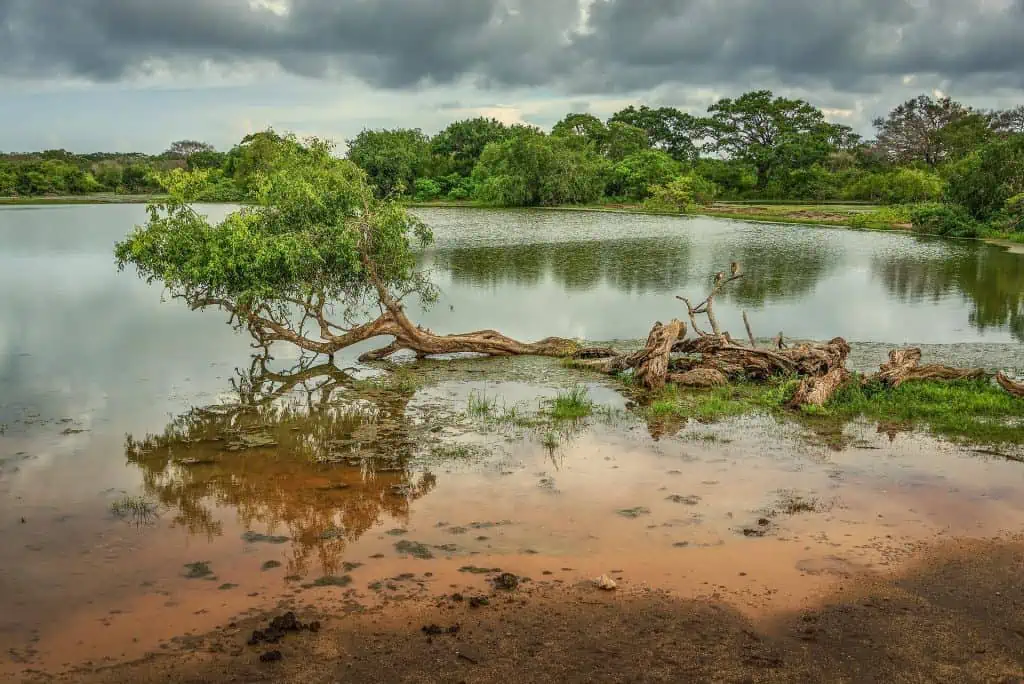
A Glimpse of Yala Sri Lanka Biodiversity
Yala National Park occupies a dry mixed evergreen forest where thorny shrubs are common here. The Park is rich in wet monsoon, dry monsoon, semi-deciduous and thorny forests, as well as grasslands, swamps, lagoons, and sandy coastal ecosystems. It is home to 44 species of mammals, including Sri Lankan elephants, Deer, leopards, and sloth bears.
Yala is also one of the largest leopard parks in the world at present. According to reports, about 150 elephants and 40 leopards are seen annually in Zone One alone. Currently, these bears, leopards, and elephants are threatened with extinction. It is also said that the elephant population in the park changes from time to time due to migrating herds.
In addition, Yala is home to about 21 species of freshwater fish and 47 species of reptiles, six of which are indigenous to Sri Lanka. Crocodiles can be seen in almost every moat in the park. It is also home to carnivorous birds such as the White-bellied sea eagle and the Crested Serpent eagle. There are about 130 resident birds and about 30 migratory birds that can be seen around the park. Most bird species live near reservoirs.
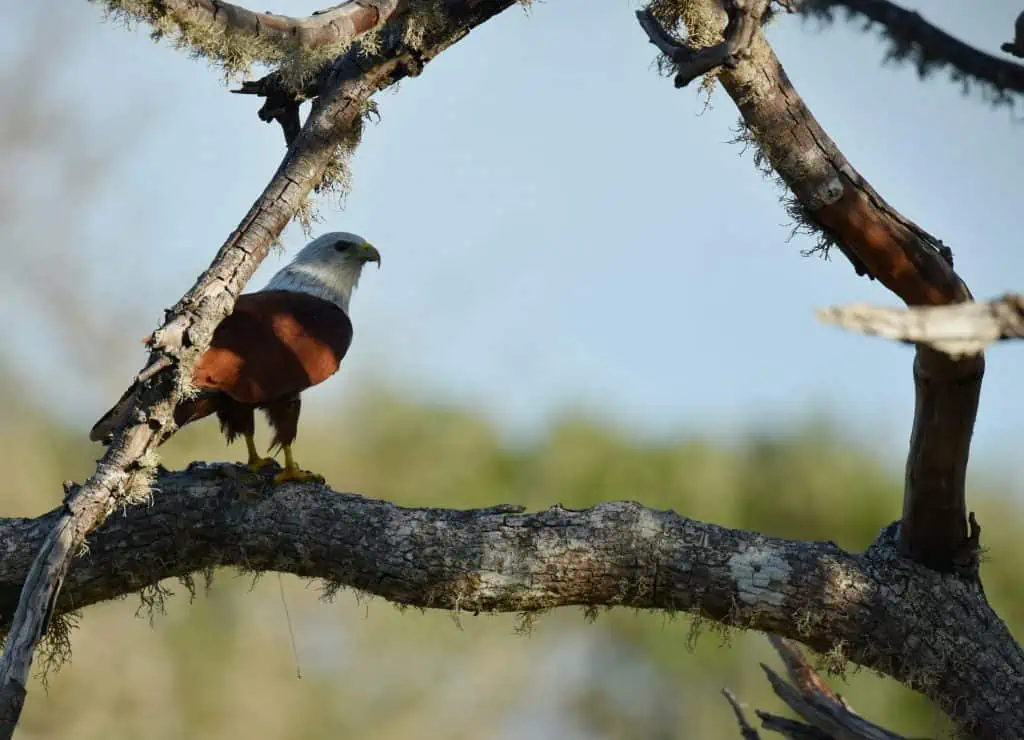
Suggested Read – Horton Plains National Park
The Big Four of Yala Sri Lanka
Yala is renowned for its “Big Four,” which includes the Sri Lankan leopard, Sri Lankan elephant, sloth bear, and saltwater crocodile. Witnessing these magnificent creatures in their natural habitat is an unparalleled experience.
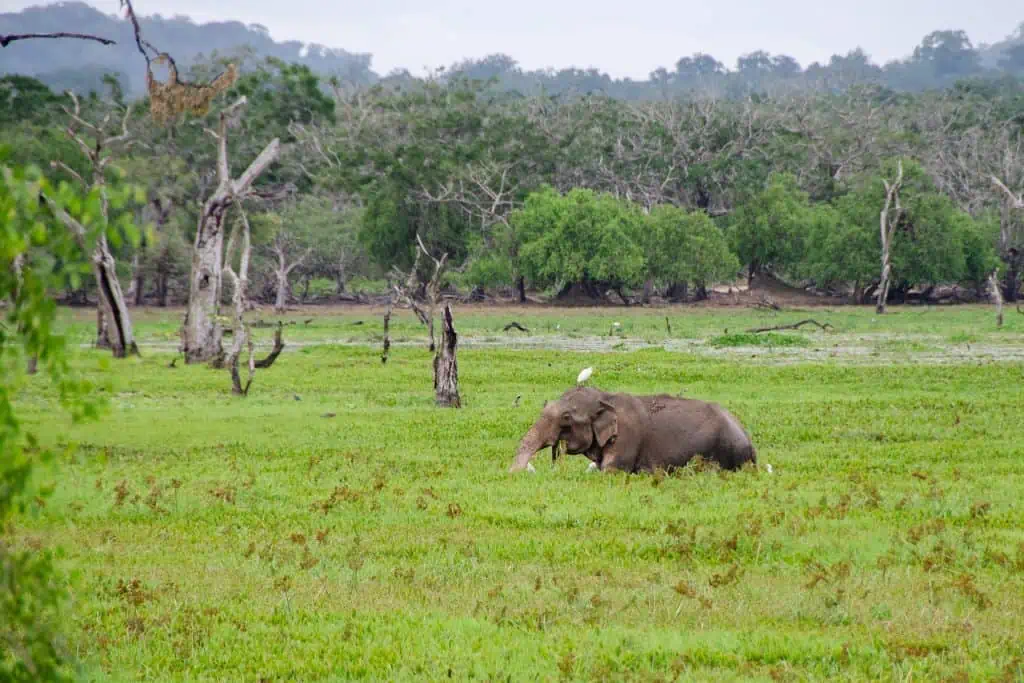
Popular Wildlife Encounters
- Leopards
Yala is the place for the Sri Lankan leopards and the park earned a reputation as one of the best places on Earth to spot these magnificent big cats.
- Elephants
Considering the Sri Lankan elephant population, Yala is home to a large number of gentle giants and the park is the best place to study their behavior and migration for conservation efforts.
- Sloth Bears
Yala is perfect for exploring the hidden world of sloth bears. Yala National Park plays a crucial role in their conservation.
- Birds of Yala
Tourists can see many of the bird wonders known as the home of Yala. From colorful kingfishers to majestic eagles, the park is a birdwatcher’s paradise.
- Reptiles and Amphibians
As far as reptiles are concerned, Yala Park is home to a wide variety of reptiles and amphibians, including the famous mug crocodiles and unique species of frogs, and snakes.
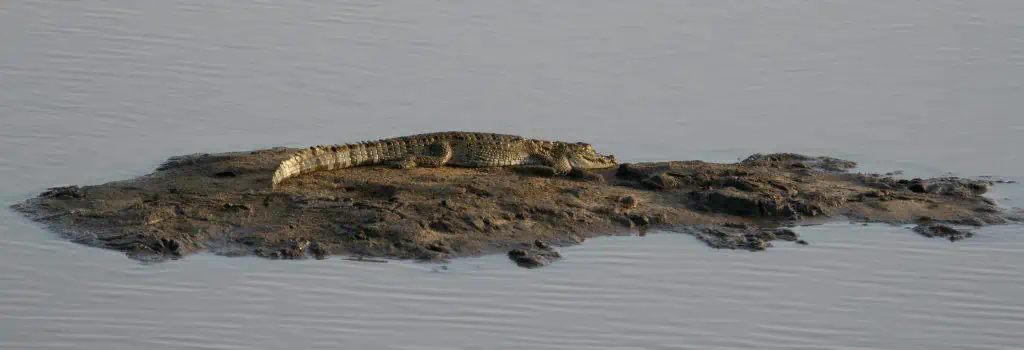
Suggested Read – 5 Dangerous Snakes In Sri Lanka
Things To Do In Yala National Park
Leopard Safari
The highlight of a visit to a Yala park is going on a leopard safari. Skilled guides and experienced jeep drivers lead safaris in search of leopard hotspots.
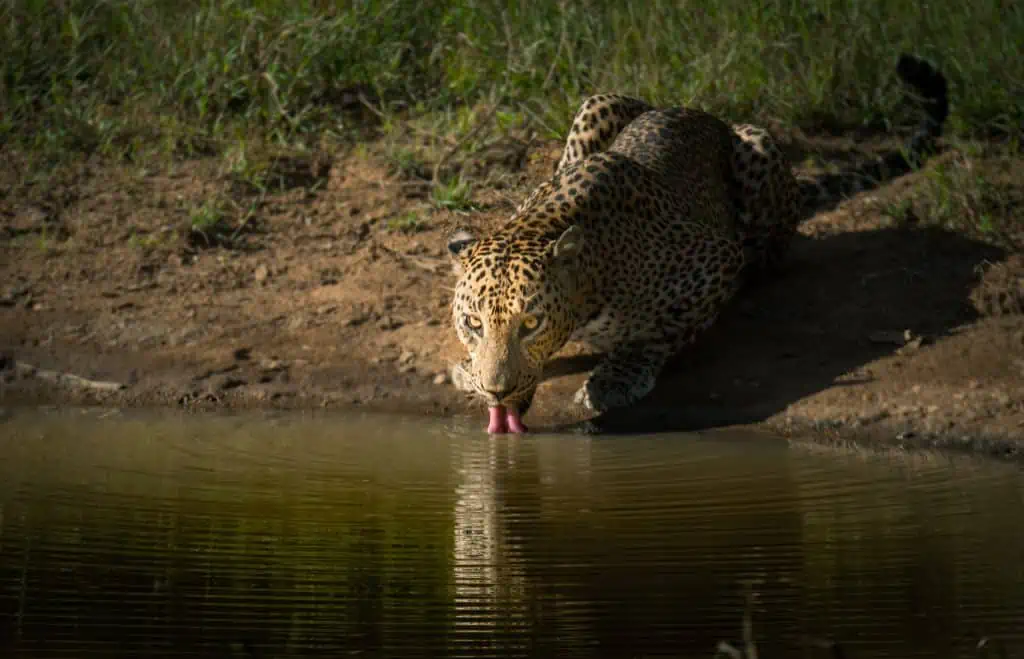
Birdwatching Safari
Bird lovers can find their haven in the Yala area. The park provides habitat for over 200 species of birds, including the endangered black-necked stork and Sri Lankan junglefowl.
The Serene Beaches
Yala is not only wildlife but also a national park with pristine beaches. If you visit between April and July you can catch glimpses of turtles at Yala Beach.
Suggested Read – Best Wild Elephant Watching Safari In Sri Lanka
Yala Jeep Safari Options And Cost
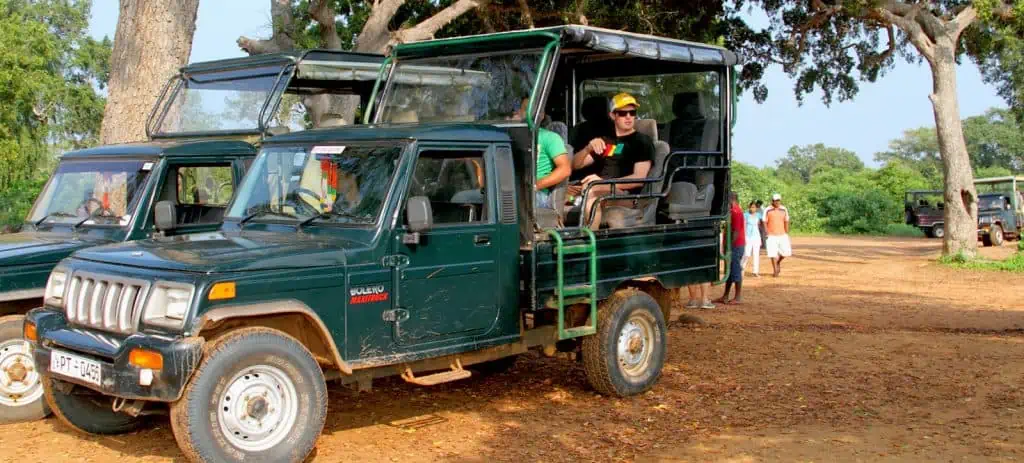
- ENTRANCE FEE TO PARK | Around 40 euros per person
- FULL DAY SAFARI | Around 69 euros (27,000 – 28,000 LKR)
- HALF DAY SAFAR | MORNING | 6 am – 10 am, around 42 euros (16,000 – 17,000 LKR)
- HALF DAY SAFAR | EVENING | 2 pm – 6 pm, around 42 euros (16,000-17,000 LKR)
Essential Items Need For Safari
- Binoculars
- Sunscreen
- Insect repellent
- Hat and sunglasses
- Camera with the zoom lens
- Comfortable clothing and shoes
- Snacks and Water
Don’t Do In Yala
- Do not use any non-corrosive liquid on the polythene
- Avoid smoking, alcohol, and drugs
- Do not harm the environment and animals
- Avoid adding your waste to water and the environment
- Do not give food or other things to animals
- Do not use fire
Things Not To Be Carried
- Polythene and plastic
- Smoking, alcohol, and drugs
- Ignition Equipment
- Sound pipes and musical instruments
Suggested Read – Sinharaja Rain Forest
Planning Your Yala Adventure
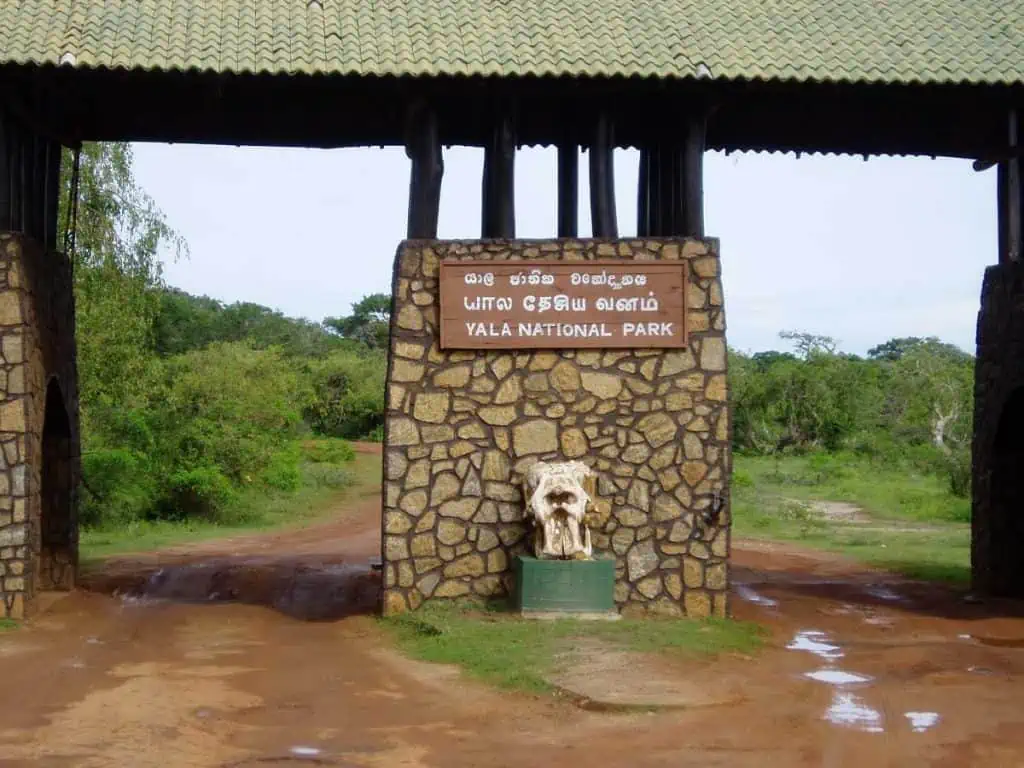
Best Times For Safari In Yala National Park
The best time to spot animals is during the dry season between February and July. During this time, there is an opportunity to see many animals roaming around the park in search of water.
Accommodation Options
Yala offers a wide range of accommodation options, from luxury resorts to eco-friendly lodges. You can choose an accommodation that suits your preferences and budget. Whatever you choose, you will be surrounded by the natural beauty of the park. During your stay you will have the opportunity to taste authentic Sri Lankan cuisine and many lodges offer delicious local dishes that will tantalize your taste buds.
Exploring Nearby Attractions
- Bundala National Park
Bundala is a famous National Park for its pristine wetlands with diverse birds and is located near Yala Udayana. The park is a very popular destination for migratory birds.
- Kirinda Temple
Perched on a rock with panoramic views of the ocean, the historic Kirinda Temple is a popular stop on Sri Lanka’s domestic tours. This is located a short distance from the starting point of the road leading to the Yala main entrance.
- Kathragama Devala
Kataragama Temple is a popular place of pilgrimage for Sri Lankans located near Block 2 of Yala National Park. It attracts a large number of local pilgrims annually to worship and offer prayers to the Kataragama deity and is a great place to witness the diversity of Sri Lankan culture.
- Sithulpawwa Temple
Situlpawva Temple is a very famous place of pilgrimage for the Buddhist community. During the Kataragama Perahera festival, this temple is filled with devotees and you can see wild animals roaming freely in the temple grounds. When you climb the stupa here, you can see a 360-degree view of Yala Park as well as an endless romantic view of the Indian Ocean.
Conclusion
Yala National Park is a place that will amaze you with its natural beauty, and whether you are a wildlife lover, photographer, or just an adventurer, it has something incredible for you. A safari journey in the park is one of the most amazing experiences you can have in a lifetime and is an activity that provides a great opportunity to see first-hand the beauty of the free and independent life that wildlife leads in their home.
FAQs
- How far is Yala from Colombo?
Yala is approximately 305 kilometers (about 190 miles) away from Colombo, Sri Lanka’s capital when traveling by road. The journey typically takes around 6 to 7 hours by car.
- What animals are in Yala Sri Lanka?
Yala Sri Lanka is home to a diverse range of wildlife, including iconic species such as leopards, elephants, sloth bears, crocodiles, and numerous bird species. It also houses various reptiles, amphibians, and smaller mammals within its unique ecosystems.
- Is Yala Park worth visiting?
Yes, Yala Park is worth visiting for nature enthusiasts and wildlife lovers. Its unique wildlife, stunning landscapes, and rich cultural elements make it a captivating destination for those seeking an authentic wilderness experience.
- Where is the best entrance to Yala National Park?
The most commonly used entrance is the Palatupana entrance, which provides access to Block 1, the most popular section for wildlife sightings. However, there are other entrances like Katagamuwa and Yala East, each offering its own unique experiences and ecosystems. The choice of entrance depends on your interests and the wildlife you wish to encounter.
- Is Yala or Udawalawe better?
Yala National Park is better for those seeking leopard sightings and a diverse range of wildlife, while Udawalawe National Park is ideal for observing elephants up close. The choice between the two depends on your specific wildlife preferences.

